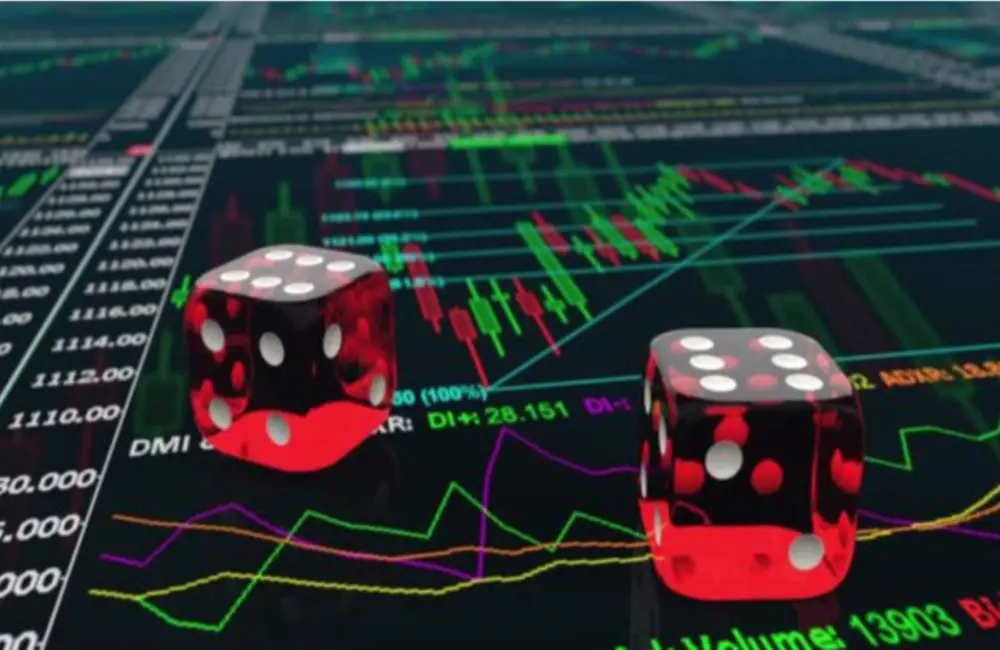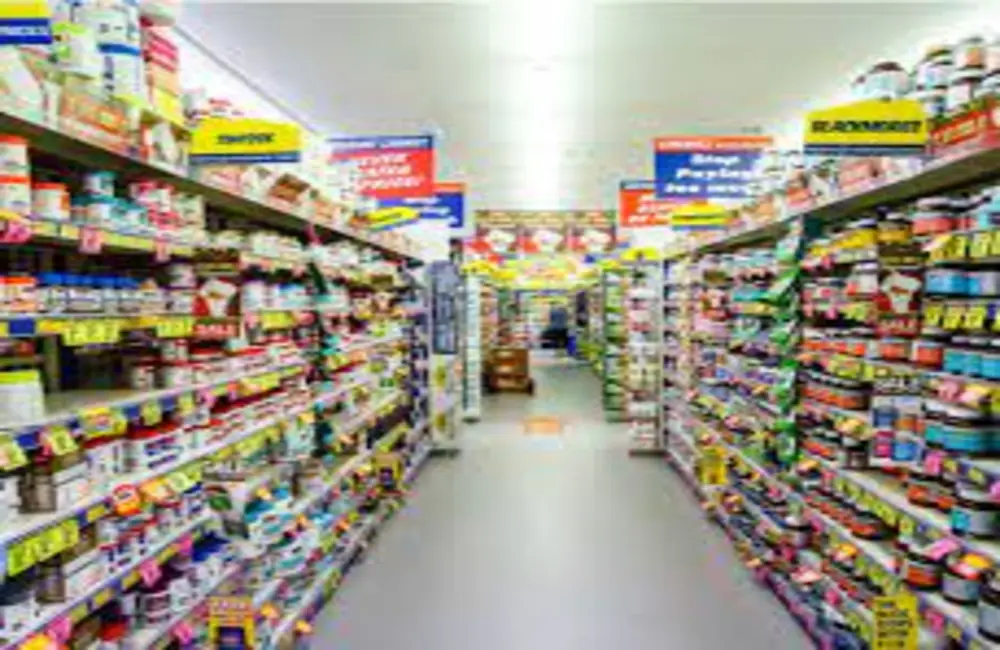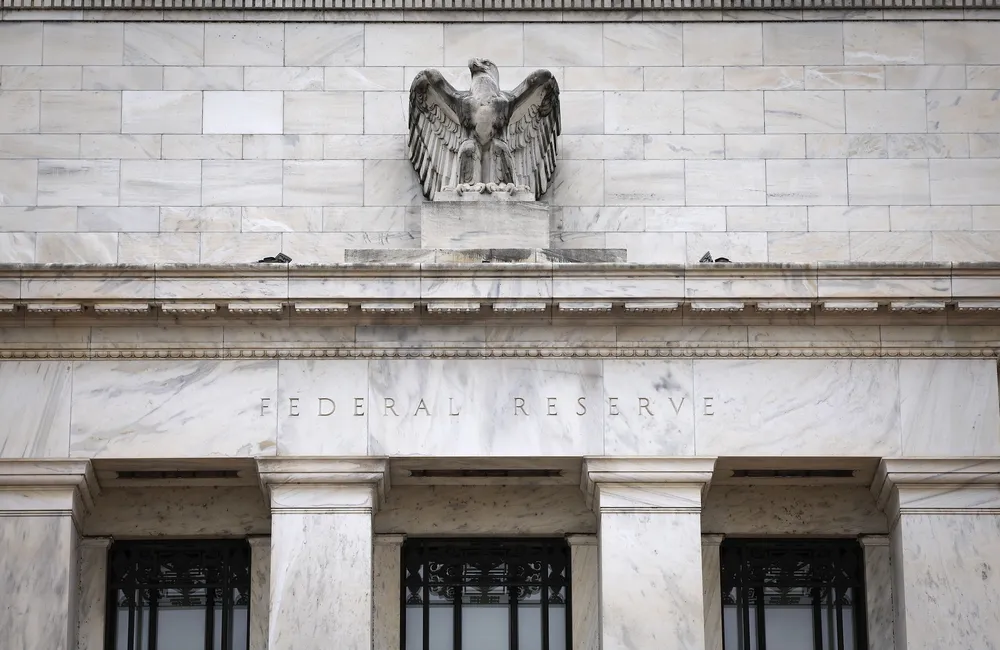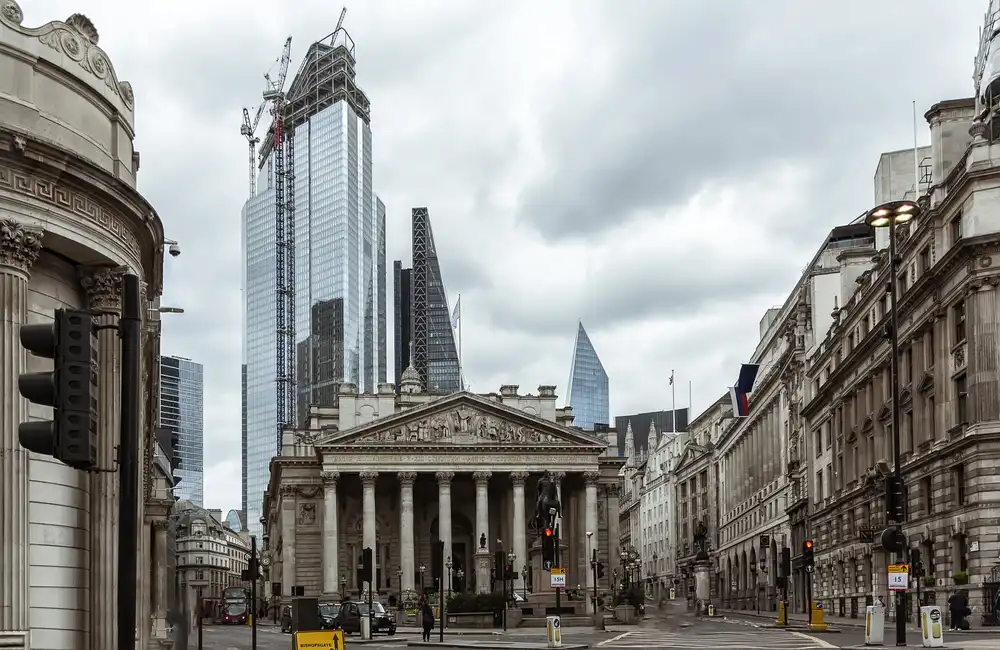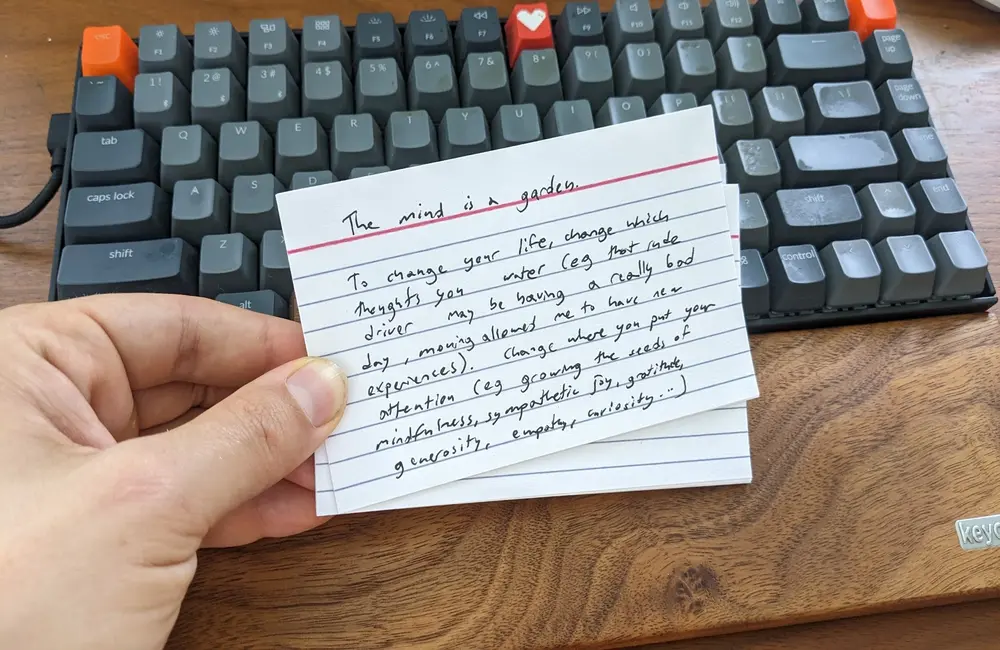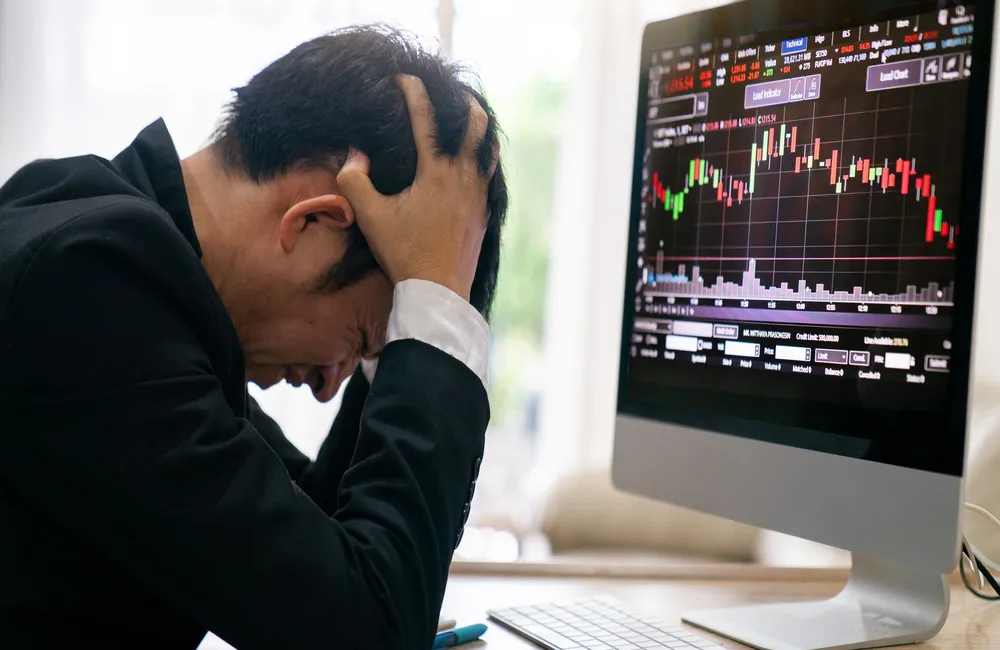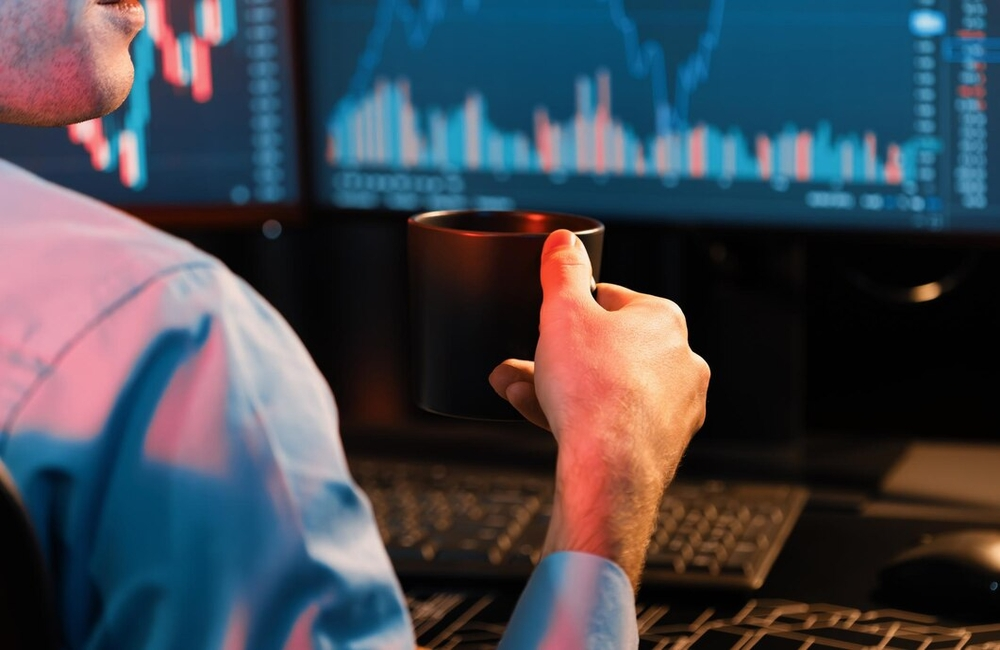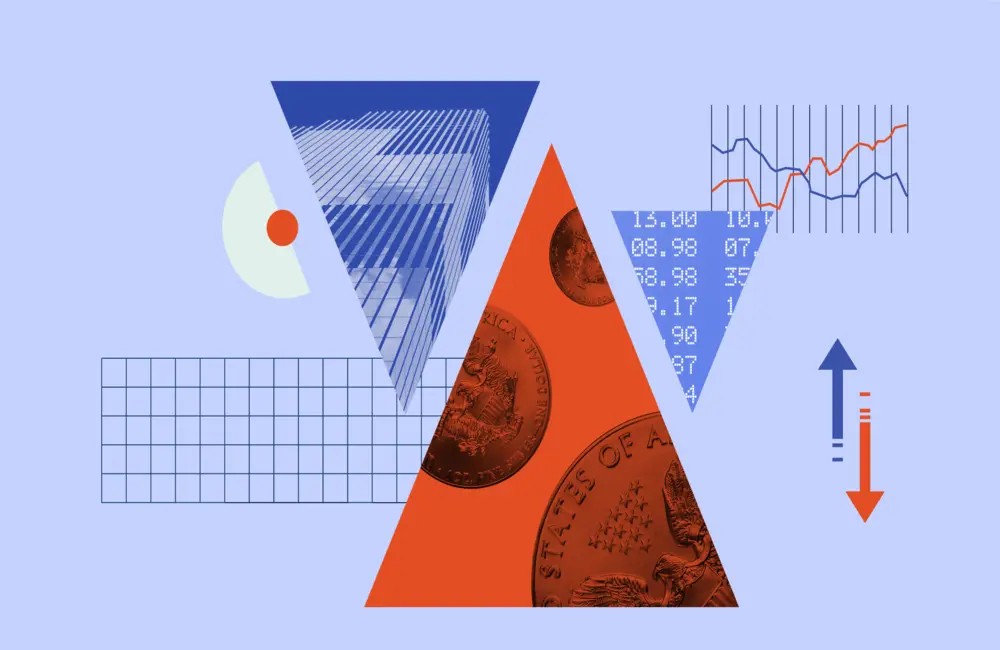Barely telecom stocks ended the day in green, while all other sectors remained in red.
Nine of the ASX’s 11 official sectors were in the red, with telecommunications scraping out paltry 0.4% gains while real estate also managed 0.3% gains. com. owner REA Group added 5.5% to a four-day top of A$113.16.
Materials was the worst performing sector, dropping 2.4% and energy stocks fell 2.1% on the day. BHP, Rio Tinto and Fortescue lost 2.6%, 3.6% and 2.7%, respectively. Santos took a 1.7% slide while Woodside Petroleum fell 2.6%.
Pendal's one of the better performers of the day, up 8.1% on a 1H profit beat.
“Pendal Group has produced a good first-half result in a challenging environment for asset managers,” said chief executive Nick Good.
Commodities fell further as concerns over a growth slowdown in China weighed on sentiment. Brent crude slipped 4.1% to US$101.60 a barrel. Iron ore dropped 2.5% to US$128.10. Gold was down 1% at US$1841.00.
On bond markets, the Australian 2 Year government bond yield fell to 2.66% and the 10 Year yield was unchanged at 3.56%. Yields on US Treasury 2 Years ticked slightly higher to 2.61% and the 10 Year dipped to 2.99% overseas.
The Australian dollar was slightly down, fetching 69.38 US cents at 7.00 am on Wednesday, compared to a previous time of 69.51. The Wall Street Journal Dollar Index, which measures the US dollar against 16 other currencies, was unchanged at 96.49.
Asia
Chinese stocks closed higher after the markets edged back up from losses earlier in the day. The Shanghai Composite Index closed up 1.1% at 3035.84, the Shenzhen Composite Index posted up 1.5% at 1894.39 and the ChiNext Price Index increased 2.2% at 2276.34. Markets will also continue to focus on developments regarding China’s Covid-19 lockdowns, especially in its financial hub Shanghai. “From a global perspective, the lockdowns in Shanghai mean further global supply chain disruptions as well as a headwind to Chinese domestic demand,” analysts at Commerzbank write in a research note. The Agricultural Bank of China gained 0.7%, while the Bank of China also rose 0.3%.
Shares in Hong Kong closed 1.8% lower as technology stocks dragged the index down for a fourth session. The Chinese tech sector followed losses in US markets overnight, with JD. com dropping 8.2%, Alibaba Group down 4.8% and Tencent Holdings 2.3% lower. The laggards were led by property group Country Garden Services which fell 11%, and fellow peer Country Garden Holdings which lost 8.4%. The fall for car maker BYD was 5.9%, after news that authorities are investigating emissions from a factory. Great Wall Motor fell 5.4% after its April sales volume divided 41% on year. The benchmark Hang Seng Index closed down 1.8% at 19633.69.
The Nikkei Stock Average fell 0.6% to 26167.10, as concerns grew about supply-chain disruptions and rising cost of raw materials. Energy stocks ended in the red, with Idemitsu Kosan down 4.4% and Fuji Oil down 5.4%. General trading house Sumitomo Corp. lost 8.9% after forecasting a 20% decline in net profit in FY. Gas-stove maker Rinnai Corp. climbed 7.5% after the firm announced a share buyback and guided a 7.4% rise in FY net profit.
Europe
The pan-European Stoxx Europe 600 index ended 0.7% higher at 420.29, a bounceback after the index slumped to a two-month low of 417.46 on Monday, but with the scale of recent days' fall meaning there was limited recovery to be had.
“Some tentative buying has come in following the sharp falls of last Friday and yesterday, but it appears the best the buyers can manage is a holding action for the time being,” says IG analyst Chris Beauchamp in a note.
Fears remain about the threat of high inflation and higher interest rates choking off growth, war in Ukraine and lockdowns in China. Germany’s DAX gained 1.2 percent, France’s CAC 40 added 0.5 percent.
London’s FTSE 100 was up 0.4% on Tuesday with gains led by financial and healthcare stocks as worries about the risks of recession and higher interest rates eased. Melrose topped the day's gainers, climbing 3.8%, followed by Phoenix Group Holdings, up 3.4%. IAG was the top laggard, down 3.5%, followed by Airtel Africa and Informa, losing 2.7% and 2.2%, respectively.
“It is also worth noting that while we are seeing some decent gains today consumer staples are still underperforming the wider market which suggests that investors are still worried about consumption trends and the impact that higher inflation will have for consumer spending patterns,” Michael Hewson, analyst at CMC Markets UK, said in a note.
North America
US stocks flip-flopped between gains and losses on Tuesday as uncertainty about inflation, interest rates and the economy continued to hang over the market.
All three major indexes opened in the black, with the tech-focused Nasdaq Composite up as much as 2.8 percent. By late morning, stocks had erased most of those gains and seemed poised to add to a brutal three-day slide. But as the day went on, investors focused on Wednesday’s report on consumer prices and the prospect that inflation may have peaked and stocks rebounded again.
The S&P 500 ended 9.81 points, or 0.2 percent, higher, to 4001.05, a day after the broad index tumbled 3.2 percent to its lowest point of the year. The Nasdaq Composite Index rose 114.42 points, or 1%, to 11737.67.
“People were looking too negatively at the consumer-price index giving way to the comeback in the afternoon,” said Matt Peron, director of research at Janus Henderson Investors.
The Dow Jones Industrial Average closed lower for a fourth consecutive trading day and at a 52-week low. It ended 84.96 points, or 0.3%, lower at 32160.74.
An unusual cocktail of geopolitical risks and economic headwinds poses the largest threat to global growth in years and is rattling markets. In the United States, soaring inflation has led the Federal Reserve to start raising interest rates and investors are afraid the move could push the economy into recession.
Global markets look equally on edge. In China, new outbreaks of Covid-19 and widespread lockdowns and other restrictions to fight them threaten to unleash the supply chain bottlenecks that initially helped push inflation higher. In Europe, the war in Ukraine is likely to maintain high energy prices and weights on the region’s growth.
“Everyone came in this morning anticipating a relief rally after getting hammered the last several days,” said Joe Quinlan, head of CIO Market Strategy for Merrill and Bank of America Private Bank. But with inflation in the United States, the Covid challenges in China and the war in Ukraine, we’ve rarely seen three major market-moving catalysts converge.
Some investors were buying battered shares early Tuesday, reacting to those headwinds.
“We’ve got a lot of people at this point that are waiting to see if we’ve bottomed,” said Quincy Krosby, Chief Equity Strategist for LPL Financial. “The instincts are that we haven’t bottomed yet.”
A fresh report on consumer-price index data on Wednesday is expected to show inflation rose at a slower pace in April than the previous month, Ms. Krosby said.
Investors’ mood can shift in an instant, she said. An address by Fed Chairman Jerome Powell in January 2019 that indicated the central bank would be patient with rate increases and helped end a steep market selloff.
The market is in a new phase, Mr. Quinlan said, and investors are more willing to wait for the unmistakable clear sign that those issues have passed before wagering that the stocks have a floor. “Right now, investors are very skeptical,” he said. "They want to see the data. They don’t want to listen to policy makers. Any improvements provide the skeleton for the bottom. But we're not there yet."
Federal Reserve Bank of New York President John Williams said Tuesday he thinks the Fed still can bring about a “softish landing” for a US economy in which it is raising rates, even though the unemployment rate may be higher.
“We are likely to see growth slowing very significantly in 2023, and I think the specter of recessions is really beginning to look now,” said Seema Shah, chief strategist at Principal Global Investors. What we are witnessing is the dawning realization that the Fed is going to have a very hard time landing that soft landing just right.
On Tuesday, investors were taking in some welcome signs that the conflict in Ukraine wasn’t escalating and that a planned E.U. The embargo on Russian oil could be delayed, Ms. Shah said.
Peloton Interactive dropped $1.23, or 8.7 percent, to $12.90 after the stationary-bike maker reported a slump in sales and increasing losses as it grapples with a return to pre pandemic consumer behavior.
Biohaven Pharmaceutical Holding Co. jumped $56.86, or 68 percent, to $140 after Pfizer said it would acquire the rest of the company for about $11.6 billion.
Duke Realty added $1.87, or 3.9 percent, to $49.58 after Prologis said it had offered to acquire the real-estate investment trust in a deal valued at about $23.7 billion. Prologis dropped $6.96, or 5.3 percent, to $125.41.
The yield on the benchmark 10-year Treasury note inched lower, at 2.990%, compared with 3.080% on Monday.
Brent crude oil dropped $3.48, or 3.3 percent, to $102.46 a barrel. Oil prices had been climbing through the past few months, but worries that lockdowns in China would damp demand for commodities have taken some of the wind out of the rally.
Oil demand will likely rebound sharply in China once restrictions begin to ease, although the European Union’s proposed ban on imports of Russian oil continues to weigh on the market, said Daniel Hynes, a senior commodity strategist at ANZ in Sydney.
“The fundamentals are still very supportive of an extremely tight market with certainly risks skewed to further declines in supply over the next three to six months,” Mr. Hynes said.
Bitcoin prices fell after a big selloff. The largest cryptocurrency in the world traded Tuesday at $30,959.99 as of 5 pm New York time, down 0.4% from $31,075.70 at the same time a day earlier.







